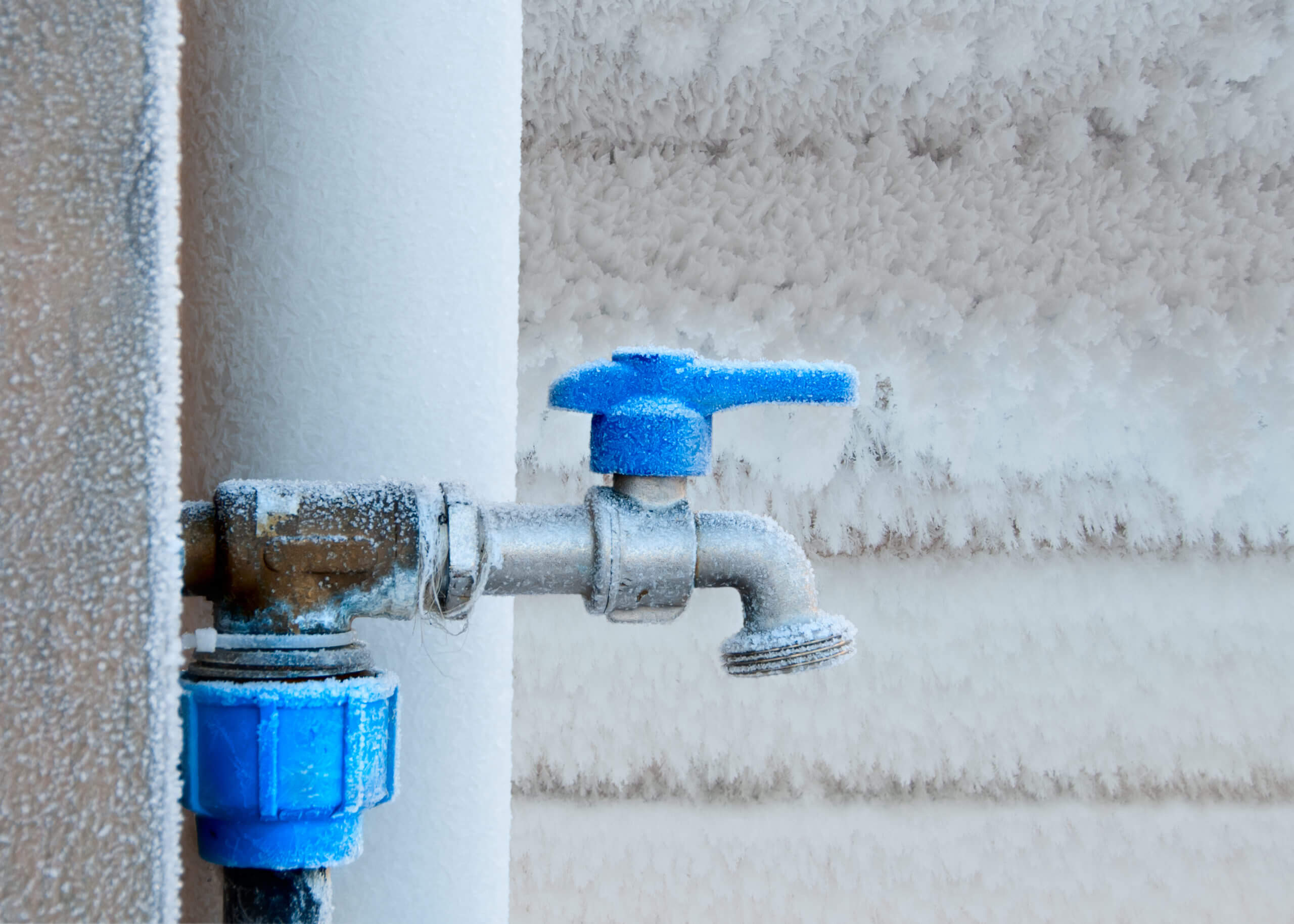Dealing With Water Damage After a Storm

Storm water damage: a clear plan for fast recovery
After severe weather, water damage after a storm can feel overwhelming. Focus on safety, then move quickly to document, extract, and dry so repairs start sooner in Los Angeles, Long Beach, and nearby areas.
Safety checks before cleanup
- Shut off power to wet rooms if accessible; avoid standing water around outlets and appliances.
- Wear gloves, boots, and eye protection—floodwater can contain contaminants.
- If the structure looks compromised, wait for a professional assessment.
Document damage thoroughly
- Photograph rooms from multiple angles and make a short inventory of affected contents.
- Keep receipts for temporary lodging or supplies your insurer may cover.
Drying steps that prevent secondary damage
- Extract standing water first, then remove wet carpet, pads, and baseboards.
- Open cavities where necessary and run fans and dehumidifiers until materials hit normal moisture levels.
- Treat cleanable surfaces with appropriate disinfectants.
Repairs and prevention after storms
Replace damaged drywall and insulation, then review gutters, grading, and seals to reduce future risk. In coastal neighborhoods like Seal Beach, consider backflow protection for area drains.
Wrap‑up: Safety, documentation, drying, and prevention steps put you firmly on the path to restoration. Have questions? Talk to Plumbing Squad in LA & OC.
Key Takeaways
- Understand the essentials of water damage after a storm so you can act quickly and avoid damage.
- Use safe, proven methods first; avoid shortcuts that create bigger problems.
- Prevent issues with routine maintenance and timely upgrades.
- Know when to call a professional to save time, money, and stress.
Immediate Actions
- Ensure safety: avoid electrical hazards and contaminated water.
- Stop the source: shut off water or cover openings.
- Begin extraction and drying within 24–48 hours to prevent mold.
Insurance & Documentation
Photograph everything before cleanup, track receipts, and contact your insurer early. Professional mitigation helps validate your claim and reduce secondary damage.
Drying & Restoration
Certified pros use moisture meters, air movers, and dehumidifiers to dry structural materials to target levels, then repair or replace damaged finishes.
FAQs
How can I prevent water damage after a storm?
Start with routine maintenance: inspections, cleaning, and replacing worn parts before they fail. Address small issues early, use quality fixtures, and follow manufacturer guidelines. A yearly whole‑home check by a pro helps catch problems before they turn into water damage after a storm.
Can DIY fixes make water damage after a storm worse?
Yes. Using the wrong chemical, tool, or technique can damage pipes, fixtures, or finishes, and often pushes the problem deeper. Stick to safe methods and call a pro when you hit resistance, smell sewage, or see leaks.
When should I call a professional plumber for water damage after a storm?
Call right away if there’s active leaking, sewage odors, recurring clogs, no hot water, water stains, or you’ve tried basic steps without success. Emergencies include burst pipes, backflows, and any leak near electrical.
How much does it typically cost to address water damage after a storm?
Costs vary by scope, materials, access, and location. Expect a basic service call to start around a few hundred dollars, while larger repairs or replacements range higher. After an on‑site assessment, your plumber can provide a firm, written estimate.
Need a Reliable Plumber?
Plumbing Squad handles inspections, repairs, and emergency service with transparent pricing and clean workmanship. Call today or book service to get expert help fast.

